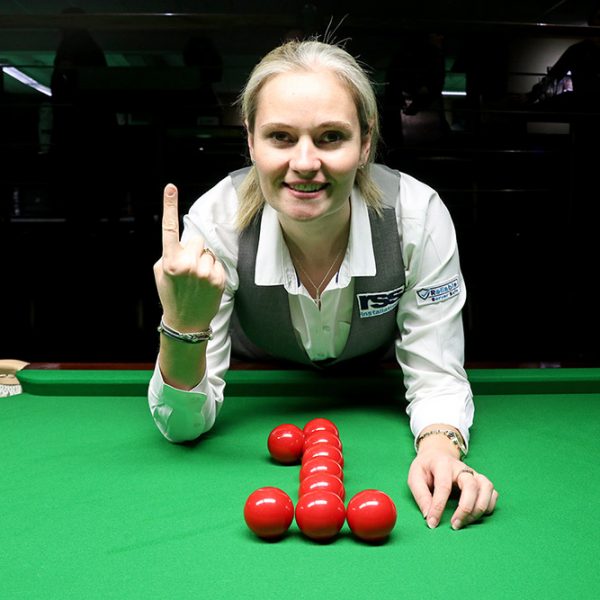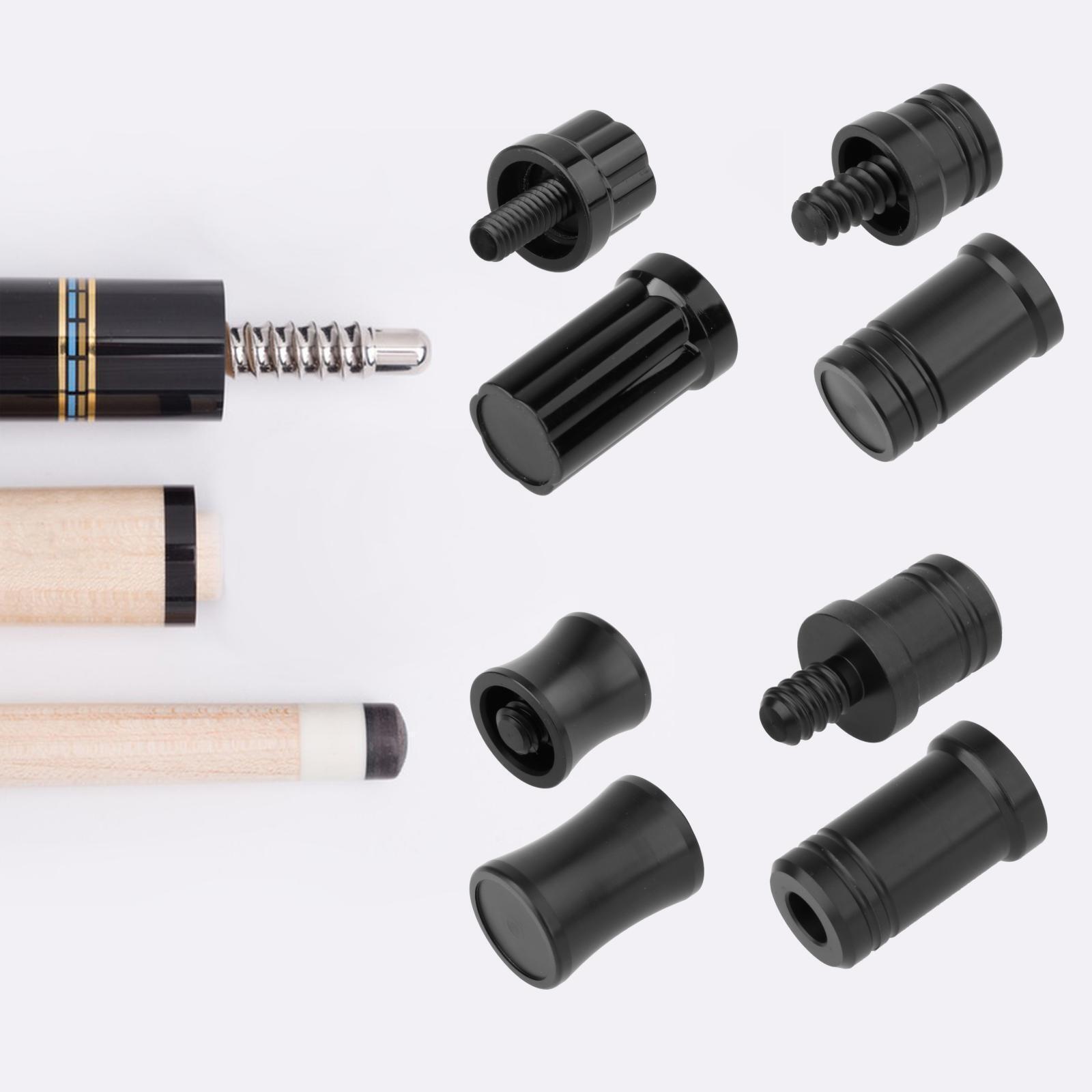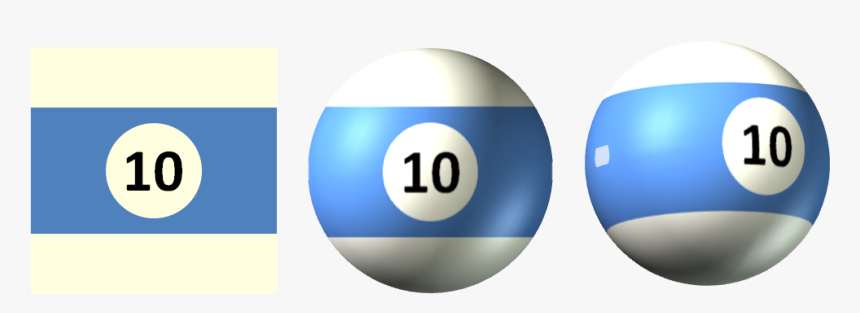
There are many materials that can be used to make snooker pool balls. They are available in a variety colors and generally smaller than standard pool balls. These balls also have lighter tips and smaller cues. A similar cue can be used depending on the size of your table and the rules. If you have a table and want to play snooker, here are some things to consider.
Colors of snooker pool balls
There are many differences in the colors of snooker pool balls. While some colors complement and are neutral, others stand out. For example, the colors of blue and yellow pool balls complement each other. Other pool balls are made to create a unique look at your table. You can buy a set Ultraviolet or Granite balls to bring a little class to your table.
Most pool balls are solid red, but snooker uses a variety of colored balls. These can range from blue, yellow, green, and brown. The cueball is white. There are also striped balls.
Materials used to make snooker pool balls
Snooker balls can be made from many different materials. Originally, they were made of wood, which was cheap and easily available everywhere. However, the material was not very durable and changed shape easily. There were alternatives to wood that could be used. In the nineteenth century, ivory was used to create the ball. The ivory balls could only be used four times per elephant because they were so expensive.

Over time, the materials used to create snooker ball balls has changed. Wood was cheap to work with. This is why it was used as the first material. However, as time went by, Europeans started to develop a taste for other materials and began experimenting with these. Pool balls were first made from elephant tusks in the seventeenth century.
Dimensions of a Snooker Pool Table
Snooker tables are larger than pool tables and have more features and accessories. Players must be able to control the ball and the playing surface must be smooth. A cloth is used to cover the playing surface. It can be made from nylon or wool. Both these materials are very expensive, but can last many years. You should consider the dimensions of the table and the materials that were used in making it.
There are three sizes available for snooker. WPA table standard has wider pockets and angular ones. WEPF table table has smaller pockets. WPA tables have pockets that are two to three times wider than standard snooker balls. The WEPF table has balls that measure two to one-fourth of an inch (51-54mm) while the WPA standard table has smaller balls.
Rules for playing snooker pool
There are many rules and regulations to snooker. The goal is to score as many points as possible against your opponent. You can do this by getting your opponent to foul or potting balls. The game begins with the flipping of a coin. This determines who goes first. Each player places their cueball anywhere within the D shape. The object of the game is to get the red ball into the pocket, which is the highest scoring.
Foul play occurs when the cueball comes in contact with a ball which cannot be put on. The player must remove the cue ball from another ball if it hits one. This is also true if the ball has been nominated by the other player.

There are snooker pool ball options
Snooker uses snooker pools balls. Each snooker table set includes twenty-two snooker balls. This includes a rack of fifteen red and six white balls. The balls are often numbered to give an indication of their point value. There are two main styles of snooker balls: the English style and the Aramith style.
There are many options for snooker pool balls. The earliest balls were made of wood because it was cheap to produce. Europeans started to prefer exotic materials and began using ivory. Ivory became the preferred material to make pool balls by the 17th Century. Eventually, however, elephants' tusks became endangered and manufacturers sought to find alternatives.